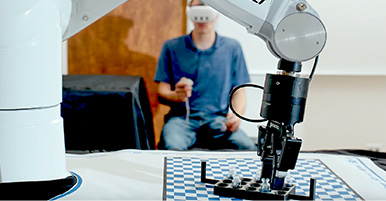Citation
Mi, H., Thomas, P. (2009). PANTHER Pathway: An Ontology-Based Pathway Database Coupled with Data Analysis Tools. In: Nikolsky, Y., Bryant, J. (eds) Protein Networks and Pathway Analysis. Methods in Molecular Biology, vol 563. Humana Press. https://doi.org/10.1007/978-1-60761-175-2_7
Abstract
The availability of whole genome sequences from various model organisms and increasing experimental data and literatures stimulated the evolution of a systems approach for biological research. The development of computational tools and algorithms to study biological pathway networks has made great progress in helping analyze research data. Pathway databases become an integral part of such an approach.
This chapter first discusses how biological knowledge is represented, particularly the importance of ontologies or standards in systems biology research. Next, we use PANTHER Pathway as an example to illustrate how ontologies and standards play a role in data modeling, data entry, and data display. Last, we describe the usage of such systems. We also describe the computational tools that utilize PANTHER Pathway information to analyze gene expression experimental data.
Keywords: Pathway database, ontology, systems biology, bioinformatics, evolution, protein classification, gene expression analysis


